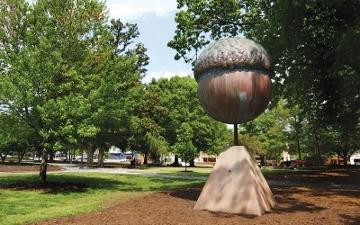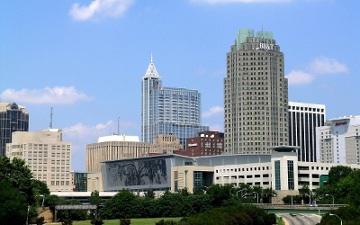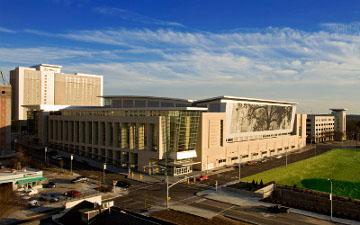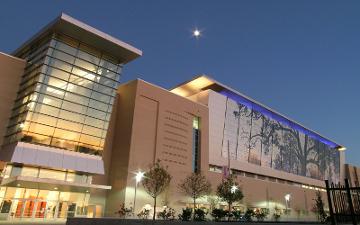
Advances in Modeling and Simulation of Damage Evolution, Strain Localization, and Failure
Hashem M. Mourad, D. J. Luscher, Curt A. Bronkhorst, Somnath Ghosh
Engineered materials and structures are often subjected to severe loading in diverse applications in the transportation, energy, defense, and other important sectors. Consequently, there is a strong need for analytical and computational tools which are capable of predicting the behavior of materials/structures under such extreme operating (or accident) conditions. Developing computationally efficient strategies which possess the required predictive capability is a non-trivial endeavor. For instance, property degradation, and ultimately failure, occur as a result of the interaction between different physical processes (e.g. void nucleation, growth and coalescence, strain localization, crack initiation, growth and percolation) taking place at different length and time scales. This implies that successful computational strategies for the treatment of damage evolution, localization, and failure require two necessary ingredients: (1) physically-based models built upon a good understanding of the underlying physical processes, and their dependence on kinetic (loading rate), spatial (miscrostructural features/defects), as well as on stochastic (defect distribution) effects, and (2) computational methods capable of representing/resolving the relevant spatial and temporal scales properly, to obtain solutions that are free from spurious mesh dependence and other artifacts. This minisymposium welcomes presentations focusing on such models and methods, and their algorithmic implementation.

